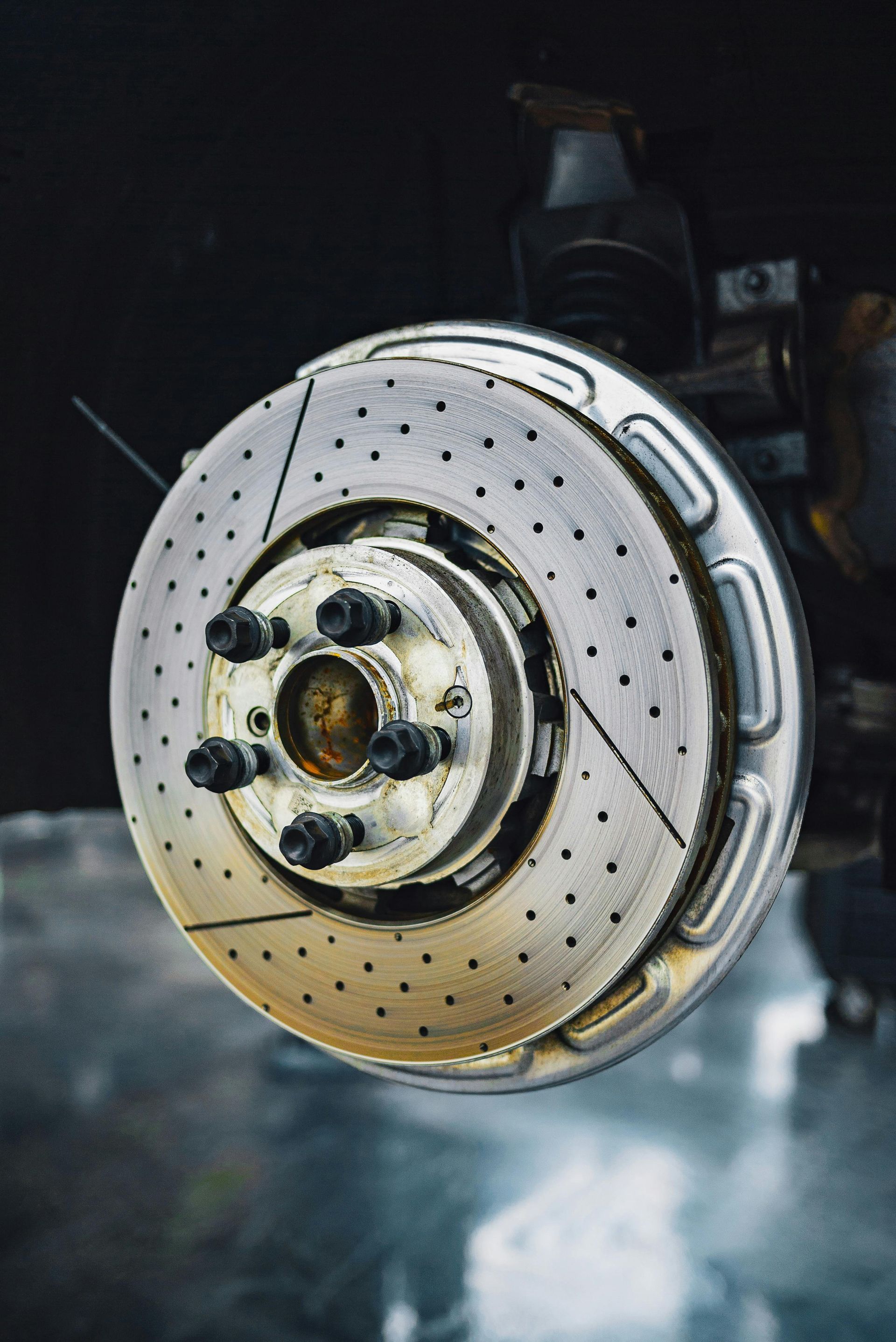Safety Warning!
🚨 Safety Warning: Why You Should Never Use Cruise Control in the Rain
Something many drivers have never thought about becomes especially important during the rainy season. At TFS Total Fleet Services, we care about keeping you and your passengers safe, so we want to share an important reminder that could prevent serious accidents.
A Real-Life Example
A 36-year-old woman from Kilgore, Texas, was recently involved in an accident while driving between Gladewater and Kilgore. It was raining—not excessively—but enough to make the roads slick. Suddenly, her car began to hydroplane and lost traction, causing her vehicle to lift and slide uncontrollably. Thankfully, she wasn’t seriously injured, though she was shaken by the incident.
When the highway patrol arrived, she explained what happened. The officer asked if she had been using cruise control. She said yes, believing it was a safe way to maintain a consistent speed in the rain. That’s when he explained something every driver should know:
Never use cruise control when driving in the rain, on wet roads, or on icy surfaces.
Why Cruise Control Is Dangerous in Wet Conditions
When a vehicle begins to hydroplane, the tires lose contact with the road surface. If cruise control is engaged, instead of slowing down, your vehicle may actually accelerate because the system senses a loss of speed. This sudden increase in power can make you lose control even faster, essentially “launching” the vehicle forward.
This is exactly what happened in the Texas accident. The driver thought she was being cautious, but the cruise control made the situation far more dangerous.
What Drivers Should Remember
The patrol officer noted that this warning should be printed on every sun visor—right alongside the airbag safety notice. Unfortunately, many drivers, including new drivers and teenagers, are taught to use cruise control for fuel efficiency and consistent speed, but they are rarely warned to only use it on dry pavement.
Some newer vehicles, such as the Toyota Sienna Limited XLE, are designed to prevent cruise control from engaging when windshield wipers are on. However, many vehicles do not have this safeguard.
The Takeaway
The lesson is simple yet critical:
- Never use cruise control in wet, icy, or slippery conditions.
- Always stay attentive and be ready to adjust your speed manually when road conditions change.
At TFS Total Fleet Services, your safety is our top priority. We’re here not only to keep your fleet and personal vehicles in top shape but also to provide important tips that help you drive smarter and safer.





